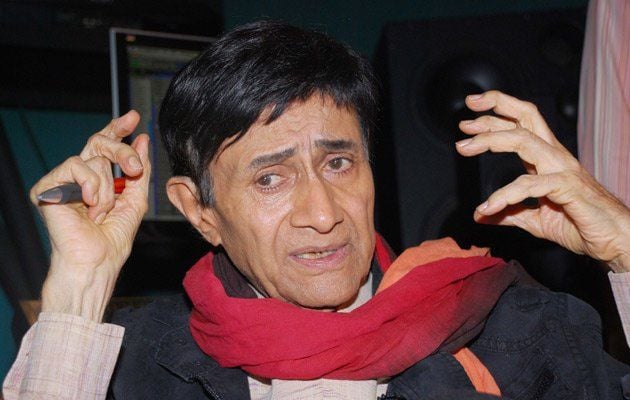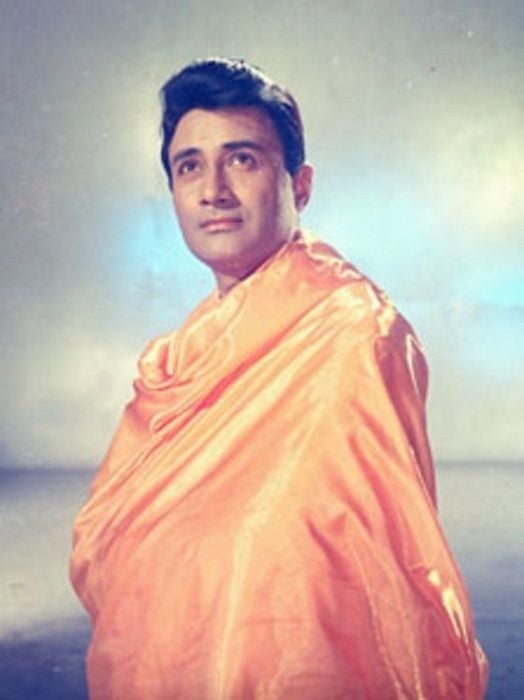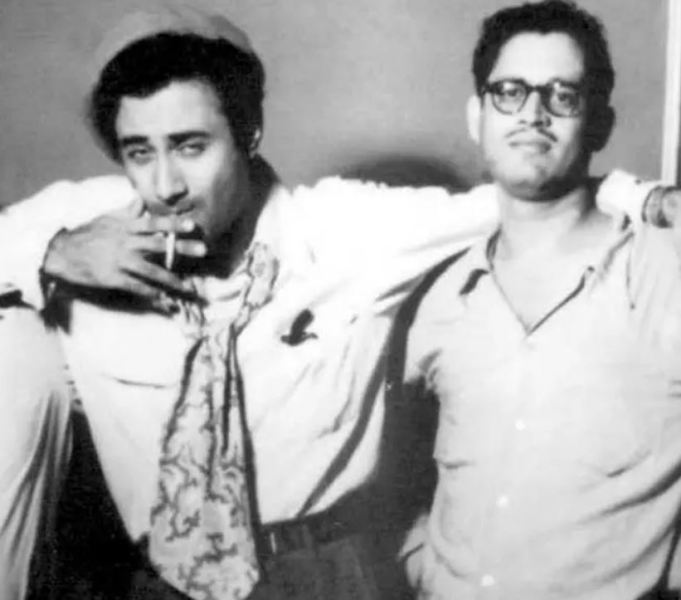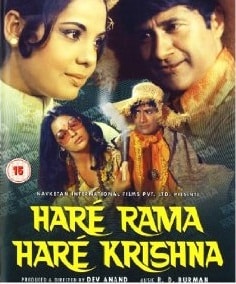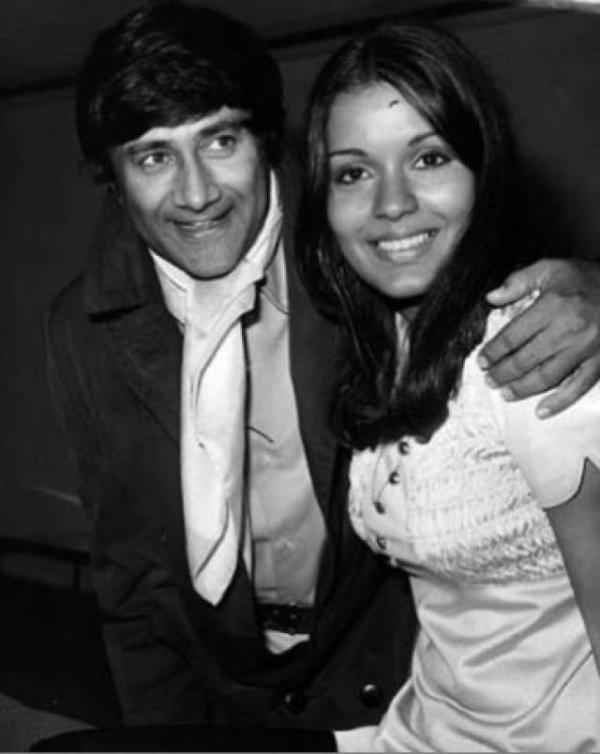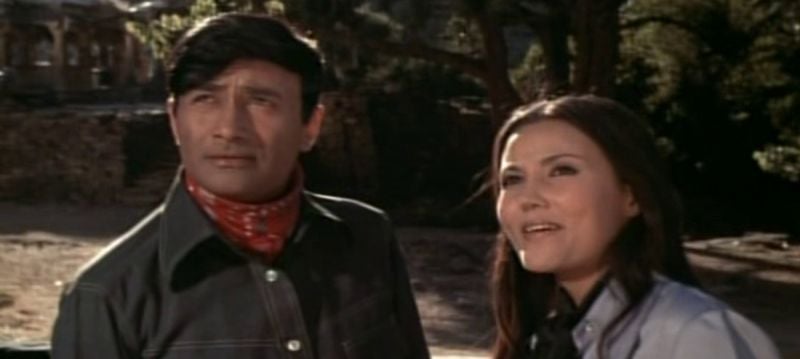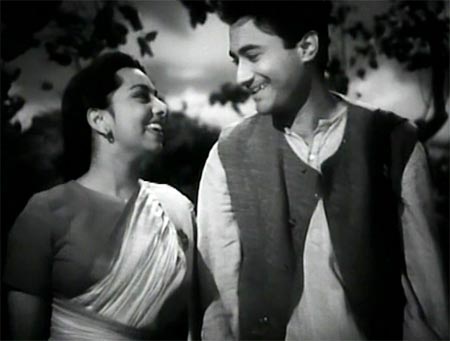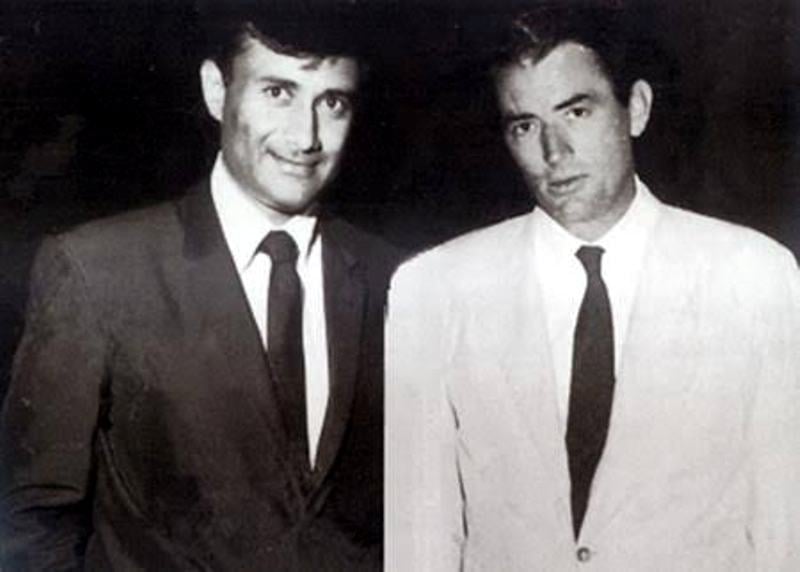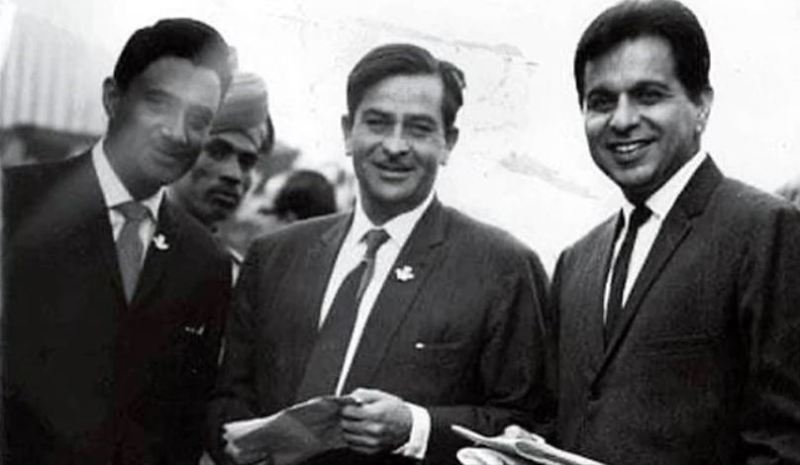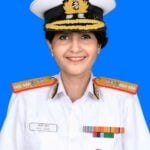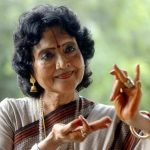Dev Anand Age, Death, Wife, Children, Family, Biography & More
| Bio/Wiki | |
|---|---|
| Real name | Dharamdev Pishorimal Anand [1]The Telegraph |
| Profession(s) | • Actor • Director • Producer |
| Physical Stats & More | |
| Height (approx.) | in centimeters- 173 cm in meters- 1.73 m in feet & inches- 5’ 8” |
| Weight (approx.) | in kilograms- 70 kg in pounds- 154 lbs |
| Eye Colour | Black |
| Hair Colour | Black |
| Career | |
| Debut | As an Actor Film: Hum Ek Hain (1946) as 'Shankar' 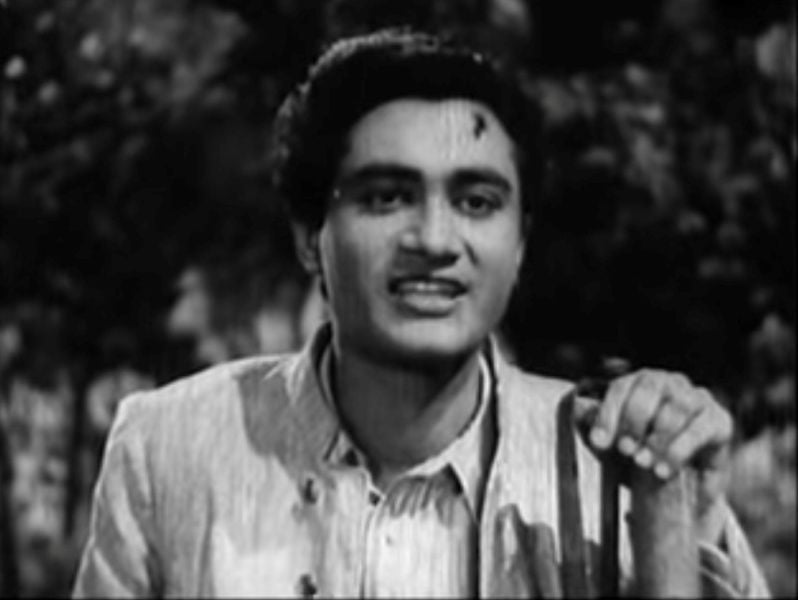 As a Producer Film: Afsar (1950)  As a Director Film: Prem Pujari (1970) 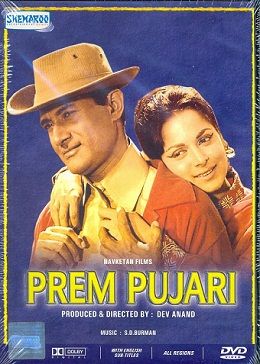 |
| Last Film | As an Actor Film (released): Aman Ke Farishtey (2016) as 'Paramveer' 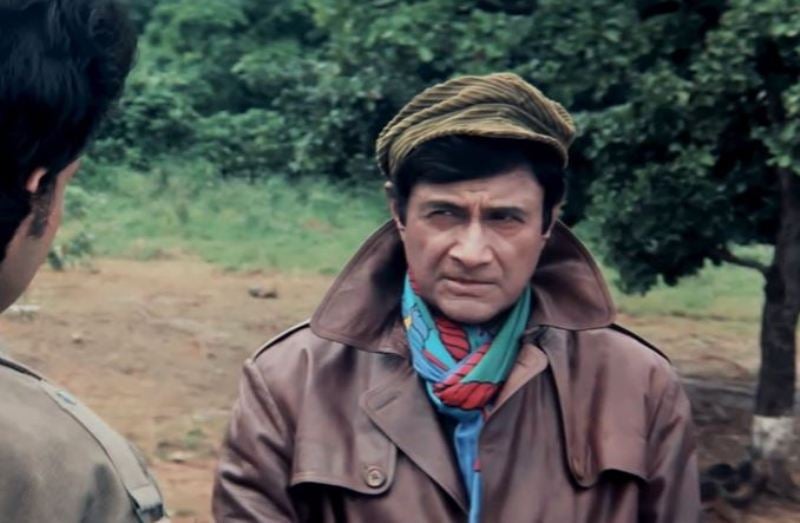 As a Producer & Director Film: Chargesheet (2011)  |
| Awards, Honours, Achievements | Civilian Award • 2001: Padma Bhushan, India's third-highest civilian award National Film Awards • 1965: National Film Award for Best Feature Film in Hindi for the film 'Guide' • 2002: Dadasaheb Phalke Award, India’s highest award for cinematic excellence Filmfare Awards • 1959: Best Actor for the film ‘Kala Pani' • 1966: Best Actor for the film ‘Guide' • 1992: Filmfare Lifetime Achievement Award National Honours • 1995: He was given the Star Screen Lifetime Achievement Award, an Indian cinema prize. Dev Anand and Indian playback singer Lata Mangeshkar were the first to be given the award. • 1997: He was conferred with the Mumbai Academy of Moving Images Award for his outstanding services to the Indian film industry. • 1998: He received Lifetime Achievement Award from the Ujala Anandlok Film Awards Committee in Calcutta (now Kolkata). • 1999: He received Sansui Lifetime Achievement Award for his “Immense Contribution to Indian Cinema” in New Delhi. • 2000: He was awarded the Film Goers’ “Mega Movie Maestro of the Millennium Award” in Mumbai. • 2001: He was given the Special Screen Award for his contribution to Indian cinema and won the Evergreen Star of the Millennium Award on 28 April at the Zee Gold Bollywood Awards at the Nassau Coliseum, New York. • 2003: He received Lifetime Achievement Award for “Outstanding Achievement in Indian Cinema” at IIFA Award in Johannesburg, South Africa. • 2004: He was conferred with the Legend of Indian Cinema Award in Atlantic City, the United States and the Living Legend Award by the Federation of Indian Chamber of Commerce and Industry (FICCI) in recognition of his contribution to the Indian entertainment industry. • 2005: He received Sony Golden Glory Award. • 2006: He was awarded the ANR National Award, an award given annually to recognize people for their lifetime achievements and contributions to the Indian film industry, by the Akkineni International Foundation, becoming the first one to receive this award. In the same year, he received the Glory of India Award by the International Indian Film Academy Awards (IIAF) in London. • 2007: He was conferred the title of Punjab Ratan (Jewel of Punjab) Award by the World Punjabi Organisation (European Division) for his outstanding contribution to the field of art and entertainment. • 2008: He was given the Lifetime Achievement Award at an event organised by Ramya Cultural Academy in association with Vinmusiclub, an organisation run by goodwill and the support of vintage music lovers, in Bengaluru on 19 January. Later, he received the Lifetime Achievement Award from the Rotary Club of Bombay and the 2008 IIJS Solitaire Awards. • 2009: He was awarded the Max Stardust Award for his outstanding contribution to Indian cinema. He later received 'The Legend Award' from Rajinikanth. • 2010: He received the Phalke Ratna Award from Dadasaheb Phalke Academy and was conferred with the Rashtriya Gaurav Award. • 2011: He was honoured with the Rashtriya Kishore Kumar Samman by the Government of Madhya Pradesh and later received the NDTV Indian of the Year’s Lifetime Achievement Award along with Rahul Dravid, an Indian cricket coach and former captain of the Indian national team. • 2012: He was honoured with a brass statue, which was unveiled by Waheeda Rehman, an Indian actor and dancer, at the Bandra Bandstand Promenade as part of UTV Stars’ Walk of the Stars, a section of the Bandstand Promenade in Bandra, Mumbai, having statues, handprints, and autographs of Bollywood actors. 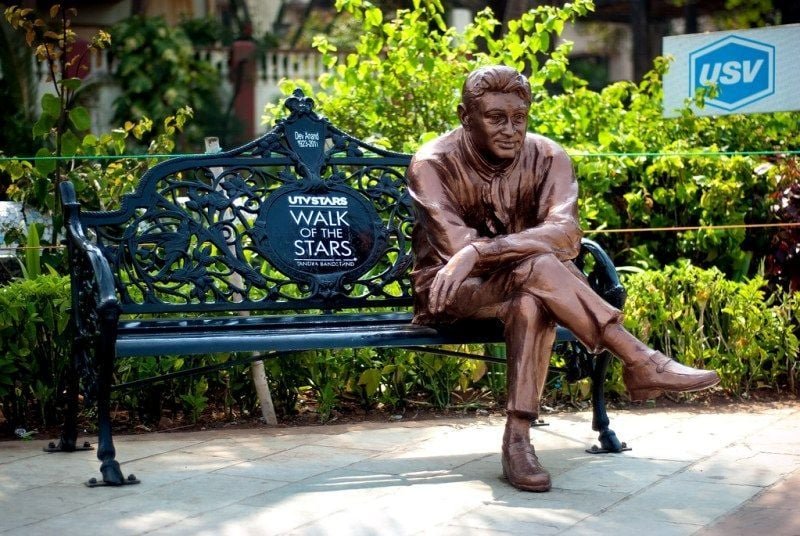 • 2013: He received the Whistling Woods International Institute’s Lifetime Achievement Maestro Award; Whistling Woods International Institute is a film, communication, and creative arts institute located in Mumbai, India. On 3 May, a commemorative postage stamp of Dev Anand was released by the India Post. 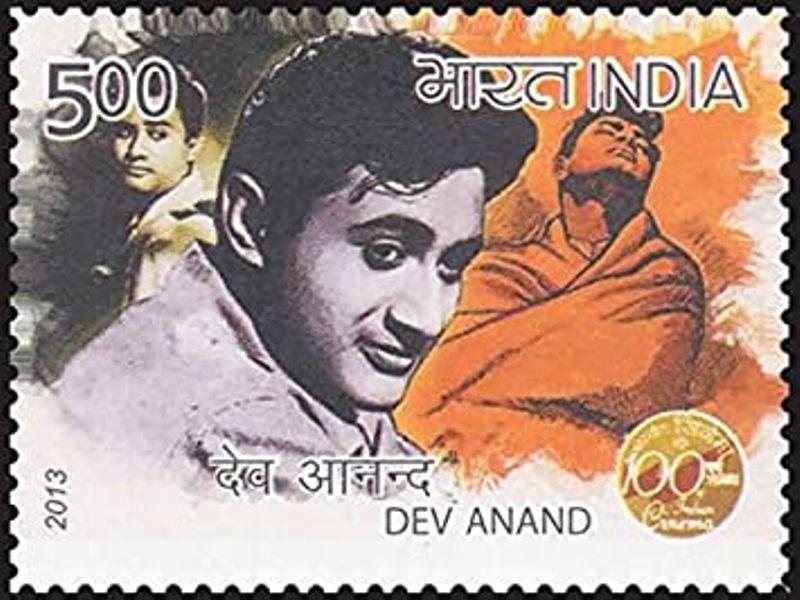 International Honours • 2000: He was honoured with an award given by the then-First Lady of the United States of America Hillary Clinton in July in New York for his outstanding contribution to Indian Cinema. He was later awarded the Indo-American Association ‘Star of the Millennium’ Award in Silicon Valley, California. • 2001: He was honoured with a ‘New York State Assembly Citation’ for his ‘Outstanding Contribution to the Cinematic Arts Worthy of the Esteem and Gratitude of the Great State of New York’ by the Member New York State Assembly Donna Ferrar. • 2005: He was honoured with a ‘Special National Film Award’ by the Government of Nepal at Nepal’s first National Indian Film Festival in Stockholm, Sweden. • 2008: He was the guest of honour at a dinner hosted by the Provost of Highland Council in Inverness, Scottland to celebrate 10 years since he first worked in the Scottish Highlands for many films including ‘Main Solah Baras Ki’ (1998). As a guest of the Highlands and Islands Film Commission, Dev spent several days in the area, en route to Cannes. |
| Personal Life | |
| Date of Birth | 26 September 1923 (Wednesday) |
| Birthplace | Shakargarh, Punjab, British India (now in Pakistan) |
| Date of Death | 3 December 2011 |
| Place of Death | London, England |
| Age (at the time of death) | 88 Years |
| Death Cause | Cardiac Arrest |
| Zodiac sign | Libra |
| Signature | 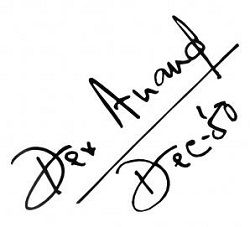 |
| Nationality | • British Indian (1923-1947) • Indian (1947-2011) |
| Hometown | Gharota, Gurdaspur, Punjab |
| School | Sacred Heart School, Dalhousie, Himachal Pradesh |
| College/University | Lahore Government College in Lahore (Pakistan) |
| Educational Qualification | Bachelor of Arts in English from Lahore Government College |
| Religion | Hinduism |
| Address | 2nd Iris Park, Juhu, Mumbai Note: Dev Anand's bungalow, which was built in 1950, was purchased by a real estate company in 2023 with the aim to transform it into a 22-story tower. According to sources, the bungalow was sold as there was no one to take care of it. [2]Hindustan Times |
| Relationships & More | |
| Marital Status (at the time of death) | Married |
| Affairs/Girlfriends | Suraiya (actor) (1948-1951)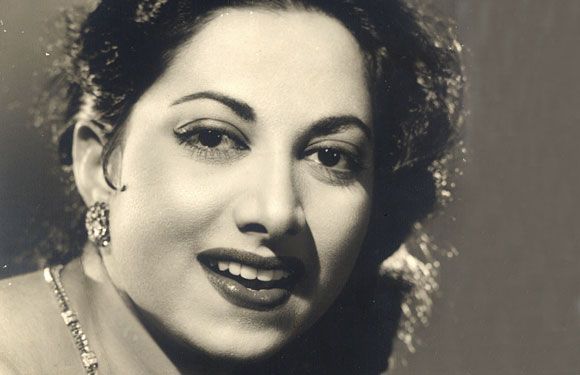 |
| Marriage Date | Year, 1954 |
| Family | |
| Wife/Spouse | Kalpana Kartik (actor) (m. 1954-2011; till his death)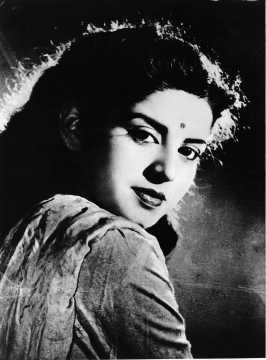 |
| Children | Son- 1 • Suneil Anand 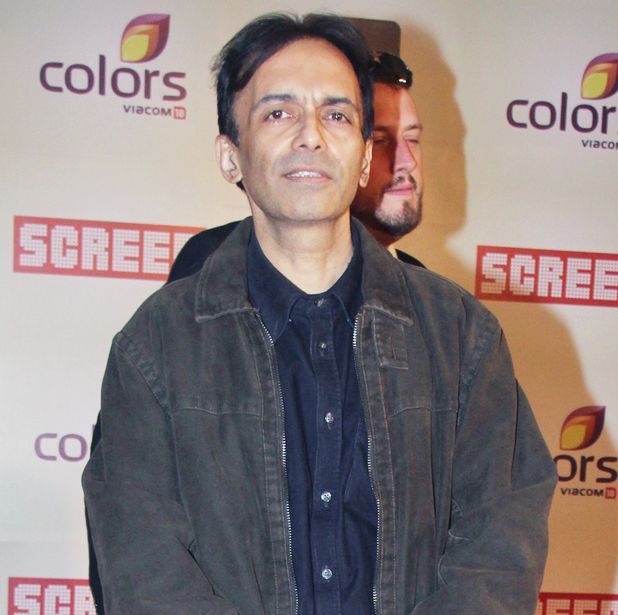 Daughter- 1 • Devina Anand |
| Parents | His father, Pishori Lal Anand, was an advocate. Dev Anand lost his mother at a young age. |
| Siblings | Brother- 3 • Manmohan Anand (advocate) • Chetan Anand (filmmaker) • Vijay Anand (filmmaker) 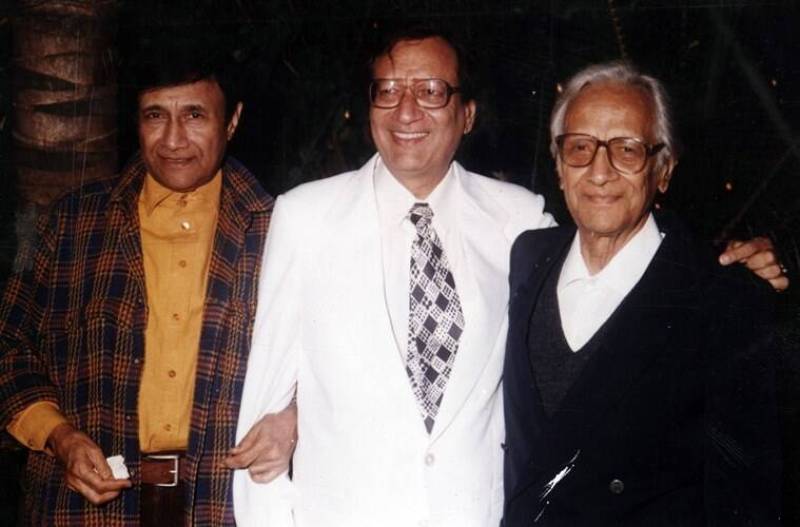 Sister- 3 • Sheel Kanta Kapur (Indian filmmaker Shekhar Kapur’s mother) 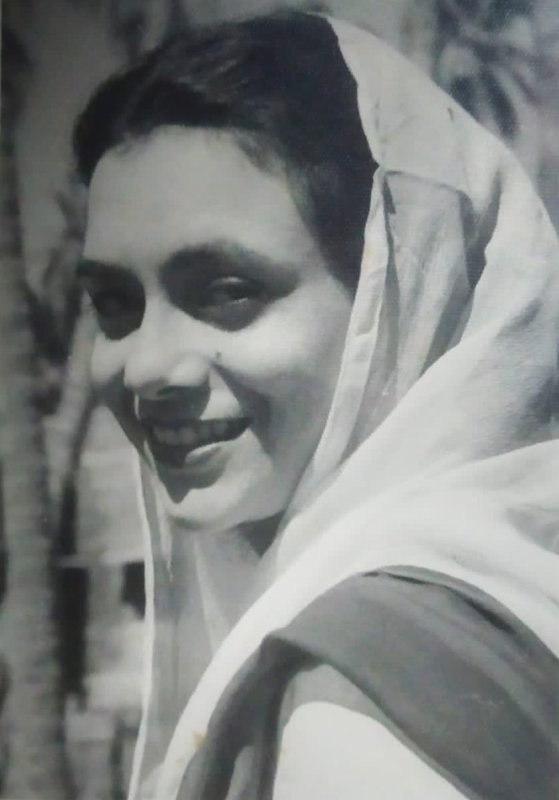 • Usha Madhok • Bonnie Sareen |
| Other relatives | Shekhar Kapur (filmmaker)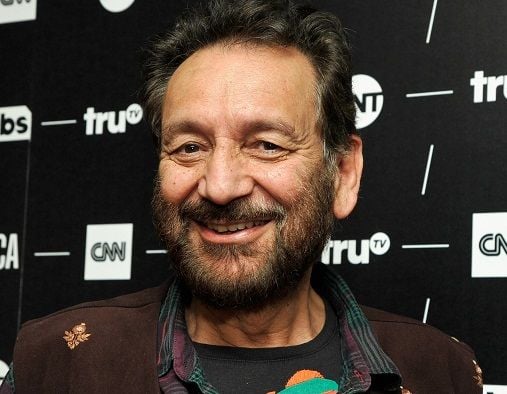 |
| Favourites | |
| Actor(s) | Ashok Kumar, Charlie Chaplin |
| Actress | Snehprabha Pradhan |
| Colour(s) | Yellow, Brown, Black |
Some Lesser Known Facts About Dev Anand
- Dev Anand was an Indian actor, director, and producer who made significant contributions to Hindi cinema. His distinct style of dialogue delivery, characterized by rapid-fire delivery and a signature nod, endeared him to audiences across the country. He was renowned for his iconic performances in films like Roop Ki Rani Choron Ka Raja’ (1993), ‘Jewel Thief’ (1967), ‘Johny Mera Naam’ (1970), ‘Haré Rama Haré Krishna’ (1971), and many more.
- Dev Anand belonged to an upper-middle-class Punjabi Hindu family in Gurdaspur, Punjab.
- He was affectionately called D. D. by his schoolmates.
- According to some sources, he had a strong desire to pursue higher education in English, but his father’s financial difficulties prevented him from doing so. He wanted to join the Royal Indian Navy of the British Armed Forces, but he got rejected. In the early 1940s, he left his hometown and went to Bombay. Initially, he worked at the military censor’s office in Churchgate, earning a monthly salary of Rs. 65. Later, he secured a job as a clerk at an accounting firm, where he earned a higher salary of Rs. 85.
- Dev Anand decided to become an actor when he saw Ashok Kumar’s ‘Achhut Kanya’ and ‘Kismet’ as he was really impressed by Ashok’s performance in the films. Interestingly, Ashok Kumar selected Dev Anand for the film Ziddi, which was the first film starring Dev Anand as a protagonist.
- In an interview, Dev Anand recounted how he landed his first break in the film industry with the help of P. L. Santoshi. Dev initially tried to meet with Baburao Pai, an Indian filmmaker, at a studio, but he was turned away by the watchman. Baburao Pai, however, spotted Dev waiting outside and invited him into the office. He then arranged for Dev to meet with a director who was scheduled to visit the studio in two days. When Dev arrived for the meeting, he discovered that it was none other than P. L. Santoshi whom Baburao wanted him to meet. Following this, Dev was selected to play the role of ‘Shankar’ in the film ‘Hum Ek Hain’ (1946).
- In 1949, Dev Anand co-founded a production company named ‘Navketan Films’ along with his elder brother Chetan Anand. Yash Johar, the father of Indian filmmaker Karan Johar, initially worked as the production controller for Navketan Films and later went on to become a renowned filmmaker of Hindi cinema.
- In the early days of his career, Dev reportedly earned a modest sum of 365 rupees per film. He managed to buy his first car, Hillman Minx, after his debut film ‘Hum Ek Hain’ (1946).
- Dev Anand and Guru Dutt shared a warm relationship that was well-known in the Indian film industry. They had decided that all films directed by Guru Dutt would have Dev Anand as the protagonist and all movies produced by Dev Anand would be directed by Guru Dutt.
- Dev Anand wanted to cast Mumtaz in his film titled ‘Haré Rama Haré Krishna’ (1971), but Mumtaz had already signed seven films for the year. Due to an existing restriction at the time, actors were not allowed to sign more than seven movies in a year; however, Dev Anand was determined to have Mumtaz star in his film for he went to great lengths to make it happen. Despite facing opposition, he managed to secure police protection and took Mumtaz to Nepal, where they shot the film. Several actresses were offered the role of Dev Anand’s sister in the film Haré Rama Haré Krishna, but all of them refused to play the part. Later, the role was taken up by Zeenat Aman.
- In an incredible twist of fate, a father found his long-lost child through the film ‘Haré Rama Haré Krishna’ after spotting her in one of the songs. He then contacted the filmmakers and was able to reunite with his daughter.
- Dev Anand developed feelings for Zeenat Aman while working on numerous films together. He planned to confess his love to her on the rooftop of The Taj Hotel after a party; however, witnessing a connection between Zeenat and Raj Kapoor at the party changed everything for Dev. The rumours regarding the closeness of Zeenat to Raj Kapoor during the making of the film ‘Satyam Shivam Sundaram’ (1978) only deepened Dev’s suspicions about their relationship. While writing about his affection for Zeenat Aman in his autobiography, Romancing With Life (2007), Dev Anand wrote,
Whenever and wherever she was talked about glowingly, I loved it; and whenever and wherever I was discussed in the same vein, she was jubilant. In the subconscious, we had become emotionally attached to each other. Suddenly, one day I felt I was desperately in love with Zeenat – and wanted to say so to her! To make an honest confession, at a very special, exclusive place meant for romance. I chose the Rendezvous at the Taj, on top of the city, where we had dined together once earlier. A drunken Raj Kapoor threw his arms around her exuberantly. This suddenly struck me as a little too familiar. And the way she reciprocated his embrace seemed much more than just polite and courteous. The hearsay now started ringing true. My heart was bleeding. In drunken joviality Raj told Zeenat: ‘You are breaking your promise that you will always be seen by me only in a white sari. More embarrassment was written large on her face, and Zeenat was not the same Zeenat for me any more. My heart broke into pieces… The rendezvous had already lost all meaning in my mind. I sneaked out of the place.” [3]Hindustan Times
- Dev Anand was banned to wear a Black suit after working in the film ‘Kala Pani’ (1958). According to reports, his popularity among his female fans in the early days of his career was so intense that a girl, who was mesmerised by his looks, allegedly ended her life. It is further claimed that some young girls even resorted to jumping off buildings just to catch a glimpse of him.
- Dev Anand worked in a Hollywood movie, ‘The Evil Within’ (1970).
- Dev Anand was the first choice for the films ‘Junglee’ (1961) and ‘Teesri Manzil’ (1966); however, he turned down both offers due to some unknown reasons. His loss eventually became Shammi Kapoor’s gain as Shammi accepted both films, which later proved to be a huge commercial success. In a similar instance, he refused the offer for the 1973 cult classic ‘Zanjeer,’ which later went to Amitabh Bachchan.
- In addition to creating timeless classics, Dev Anand played a crucial role in launching the careers of several prominent stars. Notable examples include Shatrughan Sinha, who got his big break from the film ‘Prem Pujari’ (1970); Zeenat Aman, who became a star after her performance in the film ‘Haré Rama Haré Krishna’ (1971); Jackie Shroff, who made his debut with the film ‘Heera Panna’ (1973); Zarina Wahab, who rose to fame with ‘Ishq Ishq Ishq’ (1974); Tina Ambani, who earned recognition for her role in the film ‘Des Pardes’ (1978); and Tabu, who received her initial break in the film ‘Hum Naujawan’ (1985).
- Dev Anand and actress Suraiya fell in love during the shooting of the film ‘Vidya’ (1948). The song ‘Kinare Kinare Chale Jayenge’ from the film had a pivotal moment when Suraiya fell from a boat, and Dev came to save her. Smitten by her, Dev Anand proposed to her with a diamond ring worth Rs. 3000; however, Suraiya was unable to accept the proposal because of her maternal grandmother’s objection to her marrying out of her religion, and as a result, she remained single until her death. In an interview, Dev talked about the engagement ring that he had given to Suraiya and revealed that Suraiya’s grandmother threw it into a river. Some sources claim that Suraiya even planned to elope with Dev Anand, but her grandmother found out about it, and Suraiya had to drop the plan. After the film ‘Do Sitare’ (1951), the pair did not share the screen again. In an interview, Dev Anand opened up about the bittersweet end of his first love story with Suraiya, reminiscing about the moments that brought them together and the circumstances that tore them apart and said,
It was destined that way. Had I gone to her, my life would have been different. Had I married her, life at her end would have taken me to a different course. Then may be I would not have been the Dev Anand I am today. I fell in love for the first time. We all know what first love does to a human being. Then the agony of not getting it. Suddenly hope was aroused after being encouraged, but again disillusionment crept in when nothing happened.”
- During his successful partnership with Suraiya, which brought forth hits like Vidya (1948), Jeet (1949), Shair (1949), Afsar (1950), Nili (1950), Do Sitare (1951), and Sanam (1951), the actress was often given top billing in the film credits and was considered a bigger star than the hero. Despite the success of their collaboration, Dev began to look for solo roles to establish his own stardom and prove his versatility as an actor.
- Dev Anand worked only in one film which had more than one lead actor.
- He never worked alongside megastar Amitabh Bachchan.
- Dev Anand was an ardent fan of Charlie Chaplin. On one fortunate occasion, he had the opportunity to meet his idol in Switzerland. During the meeting, Dev Anand couldn’t contain his excitement and repeatedly screamed “Hail Charlie” while raising his arms similar to how Nazi soldiers used to do.
- According to Dev’s son, Suneil Anand, Dev Anand shared a close bond with the American actor Kirk Douglas and the Italian-American director Frank Capra.
- The film ‘Guide’ (1965) marked a unique moment in Dev Anand’s illustrious career as it was the only movie in which his character died in the end.
- Dev Anand was not only a successful actor but also had an interest in politics. He actively campaigned against the internal emergency (25 June 1975 to 21 March 1977) alongside other prominent film actors. In addition, he established a political party called the ‘National Party of India’ (NPI), but he disbanded it after a few years.
- The Fredrick Hotel in Mahabaleshwar, a scenic hill station in Maharashtra, reserved room number 11 for Dev Anand. This particular room was exclusively kept for him, and he would stay there every time he visited the town.
- Dev Anand never worked in a television commercial in his entire career.
- He loved collecting jackets and had a collection of over 800 jackets.
- Dev Anand had a particular fondness for soft lighting in his workspace, which was none other than the penthouse atop his dubbing studio, Anand Recording Studio, located at 42, Pali Hill, Bandra.
- Dev Anand’s dashing looks often drew comparisons with the Hollywood heartthrob Gregory Peck, yet the Indian actor himself did not relish such comparisons. In an interview, Dev talked about this and said,
When you are at an impressionable age you make idols, but when you grow out of the phase, you develop your own persona. I don’t want to be known as India’s Gregory Peck, I am Dev Anand.”
- Dev Anand was one of the three most celebrated actors in the Indian film industry along with Raj Kapoor and Dilip Kumar who were commonly known as ‘Trinity – The Golden Trio.’
-
Throughout his career, Dev Anand was bestowed with various titles, including ‘Evergreen Star’ and ‘Dev Saab,’ among others.
- In 2007, he chronicled his experiences in his autobiography, ‘ Romancing with Life.’ In this memoir, Dev Anand shared his failures, achievements, and the lessons he learned throughout his life. His book is a treasure trove of personal anecdotes, including his unsuccessful love story with Suraiya, his obsession with Zeenat Aman, and his eventual finding of true love with Kalpana Kartik.
- Dev Anand, 88, died of cardiac arrest in his room at The Washington Mayfair Hotel in London on 3 December 2011. A week later, i.e., on 10 December 2011, a funeral service was held at a small chapel. The coffin was then taken to the Putney Vale Crematorium in southwest London, where the final rites were performed. His ashes were later brought to India, where they were immersed in the holy waters of the Godavari River.
References/Sources:

